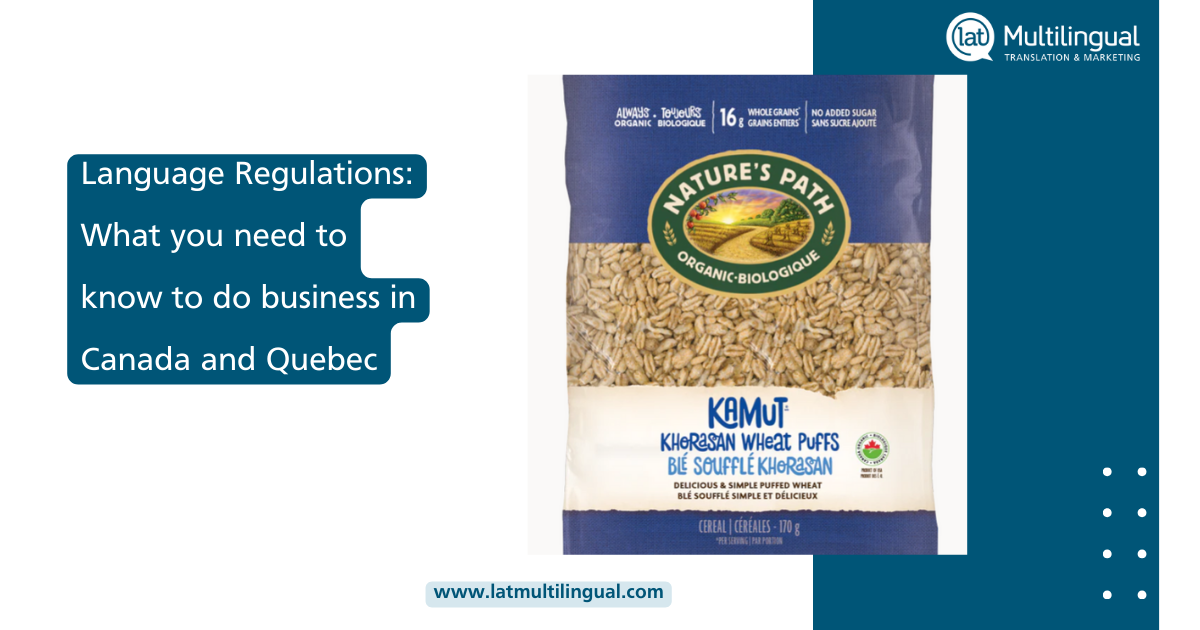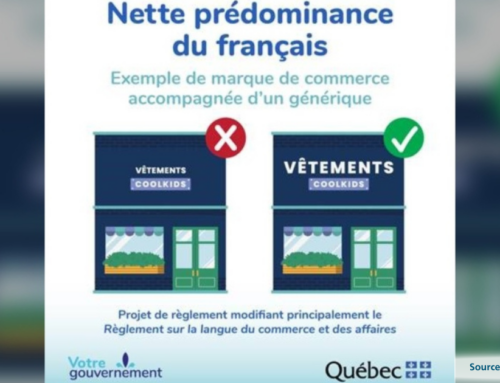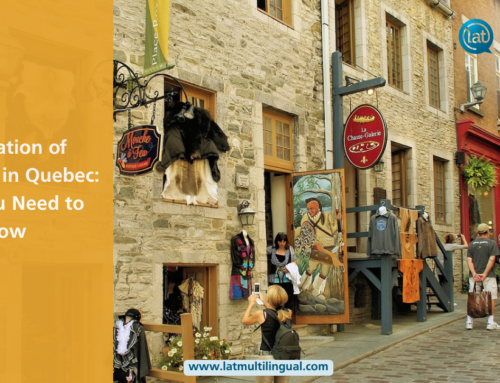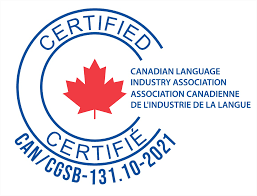Did you know that Canada is one of only 55 countries to hold official bilingual status? Canada is also the only country in North America to have two official languages. Canadians are used to seeing English and French on everything we buy–from food packages to makeup to cleaning products. But for businesses looking to export to Canada or for Canadians wanting to start a new business, labelling requirements can be a lot to wrap your head around. Luckily, with a little effort and the help of a translation expert, your business will be ready to tap into a thriving Canadian market in no time.
Beyond Canada’s national labelling requirements, Quebec, in particular, has its own set of language requirements. Quebec legislation, such as the Charter of the French Language and Bill 96 (a recent amendment to the Charter), has implications for all aspects of your business, including labelling and marketing. In this article, we’ll review the general labelling requirements in Canada and then take a closer look at language requirements for doing business in Quebec.
Labelling requirements in Canada: The basics
Canadian food labelling
When we think of Canada’s labelling requirements, packaged food products are often the first to come to mind. Understandably so, as food labelling is highly regulated, even beyond the bilingual requirements. The Canadian Food Inspection Agency is the federal body responsible for overseeing food labelling. On their website, you can find a complete list of labelling requirements for all types of food products.
In Canada, the standard label information for all consumer-prepackaged food must be shown in English and French. This includes nutritional facts, ingredients, expiration dates, and more. Check out our recent article about food labelling requirements in Canada for our most up-to-date tips and tricks.

Labelling for other products
Food is not the only consumer product that requires labelling in both official languages. In fact, just about every product sold to Canadian consumers is required to have French and English labelling.
There are three mandatory statements that must appear on all labels in Canada. They are:
- The product identity
- The product’s net quantity (the product’s weight excluding packaging)
- The dealer’s name and place of business
Of these three, the product identity must be shown in French and English. The net quantity must also be shown in French and English. However, a net quantity that uses only numbers and metric symbols is considered bilingual (for example, 250 g). The dealer’s name and place of business can be shown in English or French.
How does the Charter of the French Language affect labelling?
In Quebec, the Charter adds additional layers to the Canadian labelling requirements. So, if you’re planning to sell a product or operate a business in the province, you will require some additional translation. To help clarify, we have selected some of the most relevant Charter points for companies operating in Quebec.
Key Points for Businesses in Quebec
- Product Inscriptions
In Quebec, any inscription on a product must be written in French. That includes any and all writing on your product’s label. Inscriptions in another language may also appear, but they cannot be larger or more “favourable” than the French version. For example, using a more visible font colour than the French text. For restaurants and bars, this also applies to menus and wine lists.
- Signage and Advertising
All public signage and advertising in Quebec must be in French. Again, a second language is allowed, but French must be more prominent. Think about the signs in your business–anything promoting products, directing customers, identifying the building, etc., must be in French. The same goes for advertisements, including billboards, posters, flyers, and so on.
Online advertising and e-commerce tools must also be available in French for any businesses selling in Quebec. This includes your website pages, e-store, newsletter, and more.
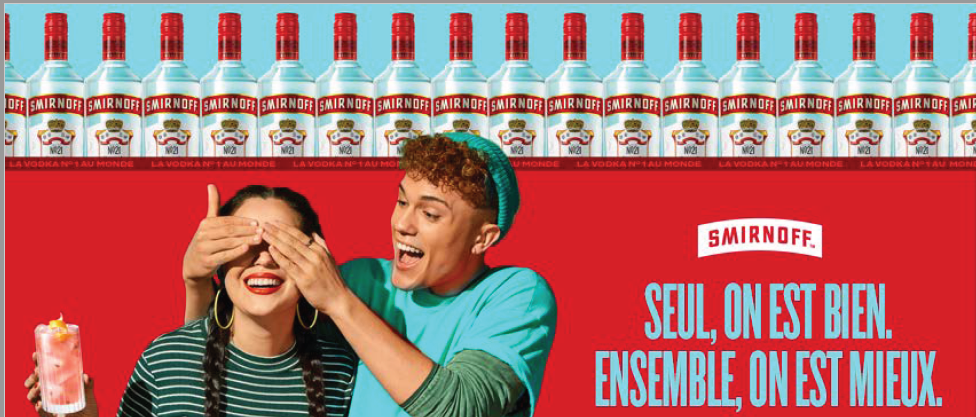
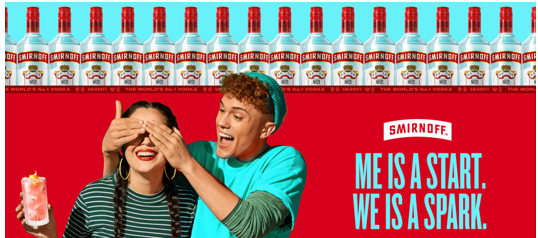
- Additional Materials
In addition to advertising and labelling, any extra materials your business distributes, such as brochures, catalogues, manuals, purchase orders, etc., must be in French. You cannot offer versions in other languages unless the French version is made equally accessible.
Get ready to do business in Canada
Need help navigating Canada’s language requirements to expand your business? We’re here to help. Book a consultation with us and start your translation journey today. Still have questions about labelling requirements in Canada? Read the answers to the most frequently asked questions below.
FAQs about Canadian labelling requirements
Q: What are the rules for food labelling in Canada?
A: Prepackaged food labels in Canada must include French and English versions of all the mandatory labelling information. Exceptions to this rule include the dealer’s name and address and the common name of certain alcoholic beverages.
Q: What is required on labels in Canada?
A: Prepackaged Food labels in Canada must include:
- Common name
- Net quantity declaration
- Dealer name and address
- List of ingredients (including food allergens)
- Nutrition Facts table
- Durable life date
Q: Who controls food labels in Canada?
A: The Canadian Food Inspection Agency is the federal agency responsible for regulating food labels in Canada.
Q: Do labels need to be bilingual in Canada?
A: Yes, the mandatory label information for all consumer products sold in Canada needs to be bilingual.

